For oceanic/remote en route and terminal phases of flight pbn is limited to ? [ Exam pilot ]
Question 200-1 : Operations with linear lateral performance requirements and time constraints ils/mls/gls precision approach and landing operations both linear and angular laterally guided operations operations with angular lateral performance requirements and time constraints
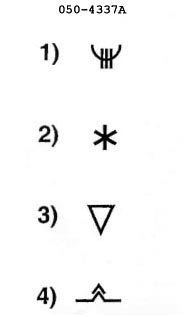 Operations with linear lateral performance requirements and time constraints.
Operations with linear lateral performance requirements and time constraints. What is the difference between the on board navigation specifications rnp 1 and ?
Question 200-2 : A performance monitoring and alerting function is required for rnp 1 only a performance monitoring and alerting function is required for rnav 1 only an alerting function is required for both rnp 1 and rnav 1 a performance monitoring function is only required for rnp 1 a performance monitoring function is required for both rnp 1 and rnav 1 an alerting function is only required for rnp 1
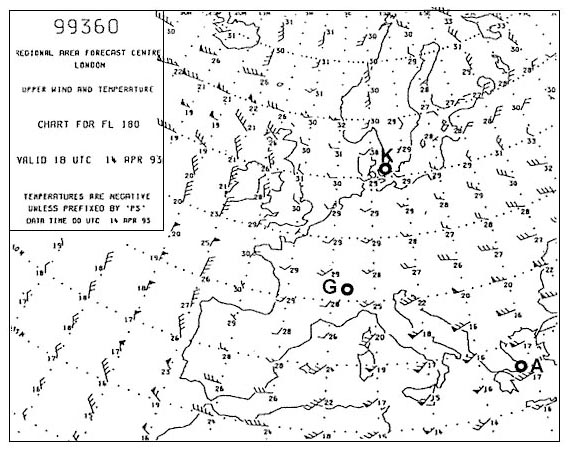 A performance-monitoring and alerting function is required for rnp 1 only.
A performance-monitoring and alerting function is required for rnp 1 only. Which of the following are some of the required navigation functionalities of ?
Question 200-3 : 1 3 4 and 5 2 4 5 and 6 1 2 3 and 5 2 3 4 and 6
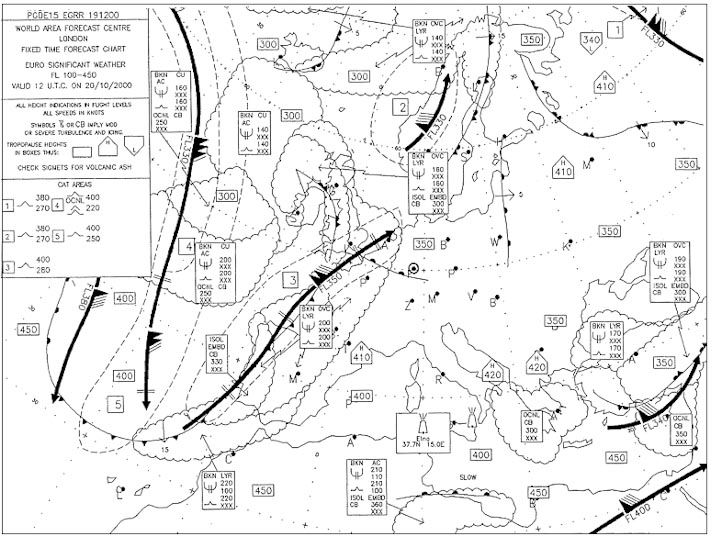 1, 3, 4, and 5
1, 3, 4, and 5 Which of the following pbn procedures is not classified as a 3d approach ?
Question 200-4 : Lnav minima gls minima lpv minima lnav/vnav minima
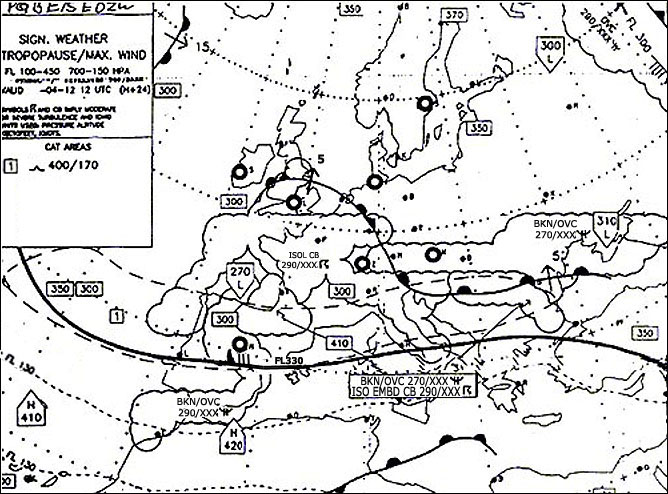 Lnav minima.
Lnav minima. What does the abbreviation ar mean in rnp ar apch ?
Question 200-5 : Authorisation required arrival restriction automatic reversion approach restriction
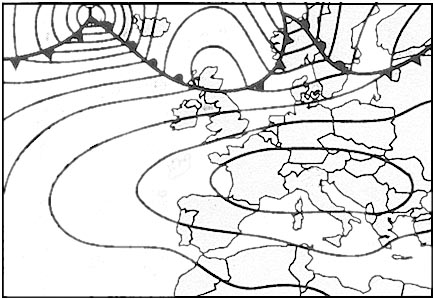 Authorisation required
Authorisation required What is the name of a specific curved flight path in a terminal or approach ?
Question 200-6 : Radius to fix leg fixed radius transition fly by turn offset flight path
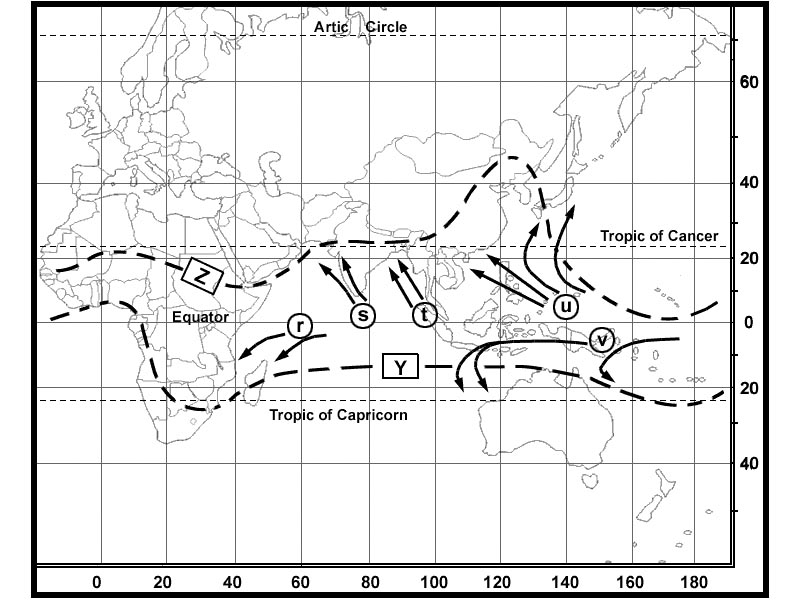 Radius to fix leg.
Radius to fix leg. Which of the following is a requirement for required navigation performance rnp ?
Question 200-7 : On board performance monitoring and alerting satellite based performance monitoring and alerting integrating atc surveillance monitoring and alerting ground based performance monitoring and alerting
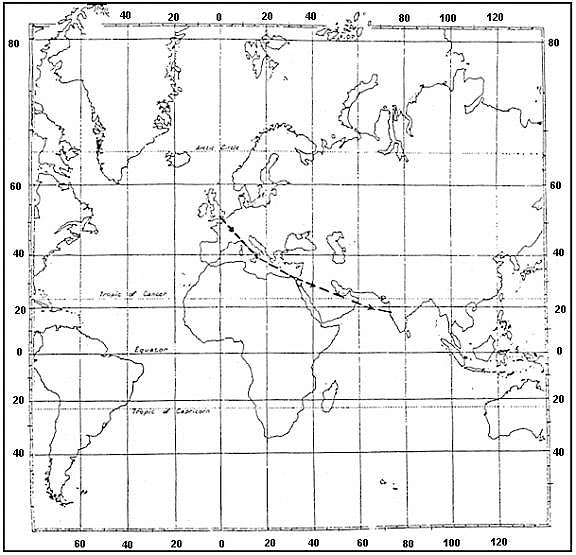 On-board performance monitoring and alerting.
On-board performance monitoring and alerting. Operation in rnav 10 airspace requires as a minimum a certain number of ?
Question 200-8 : Two lrnss comprising an ins an irs fms or a gnss one lrns using input from vor/dme or dme/dme rnav equipment one lrns comprising an ins an irs fms or a gnss two lrnss using input from vor/dme or dme/dme rnav equipment
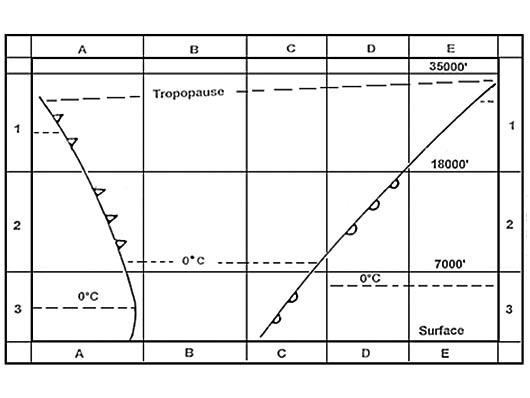 Two lrnss comprising an ins, an irs fms or a gnss.
Two lrnss comprising an ins, an irs fms or a gnss. A rnp incorporates the navigation specifications 1 rnav 1 . 2 rnav 5 . 3 rnav ?
Question 200-9 : 1 2 4 and 5 1 3 4 and 5 2 3 and 4 1 2 and 3
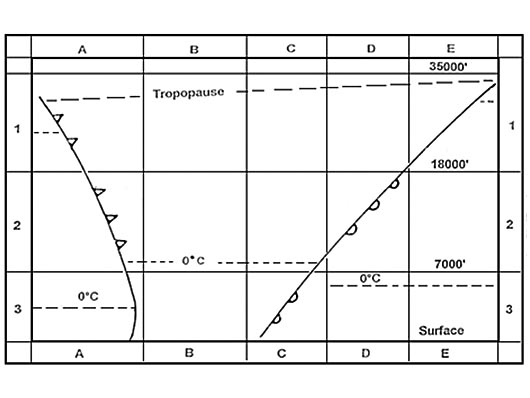 1, 2, 4 and 5
1, 2, 4 and 5 Which rnp can be used in all phases of flight except for en route ?
Question 200-10 : Rnp 0 3 rnp ar apch rnp 1 rnp 5
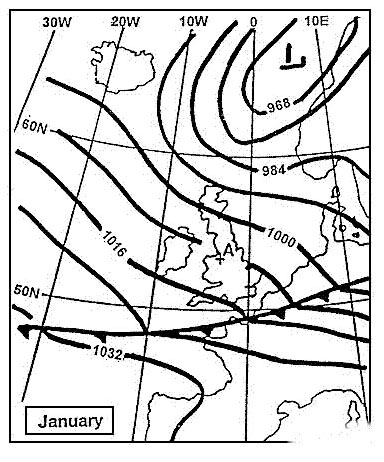 Rnp 0.3
Rnp 0.3 An error during pbn operations in the accuracy of determining actual aircraft ?
Question 200-11 : Navigation system error nse path definition error pde flight technical error fte crew coordination error cce
 Navigation system error (nse)
Navigation system error (nse) Rnav 2 can be used ?
Question 200-12 : In the en route continental arrival and departure phases of flight in the departure and arrival phases of flight in the en route oceanic and approach phases of flight in all phases of flight
 In the en-route continental, arrival and departure phases of flight.
In the en-route continental, arrival and departure phases of flight. For performance based navigation pbn operations the pbn navigation database ?
Question 200-13 : 28 days one calendar month 56 days 30 days
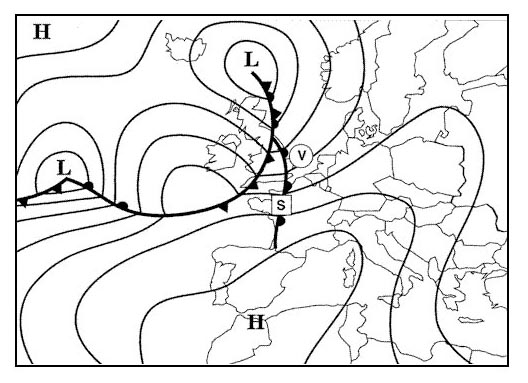 28 days
28 days What is required to fly an rnp approach to lpv minima ?
Question 200-14 : Sbas and fas data block authorisation lnav and vnav capability be equipped with atleast two lrnss
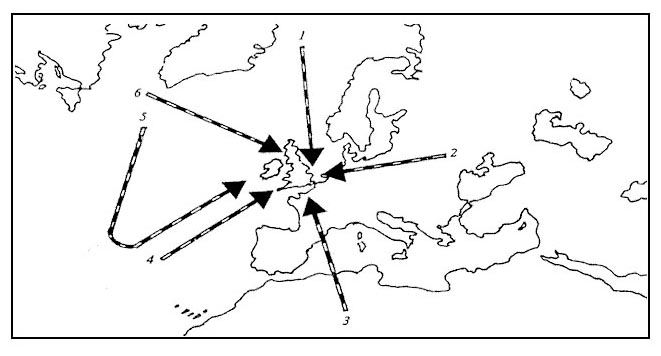 Sbas and fas data block.
Sbas and fas data block. During pbn operations the rnav system is unable to accurately specify the ?
Question 200-15 : Path definition error pde positioning estimation error pee flight technical error fte navigation system error nse
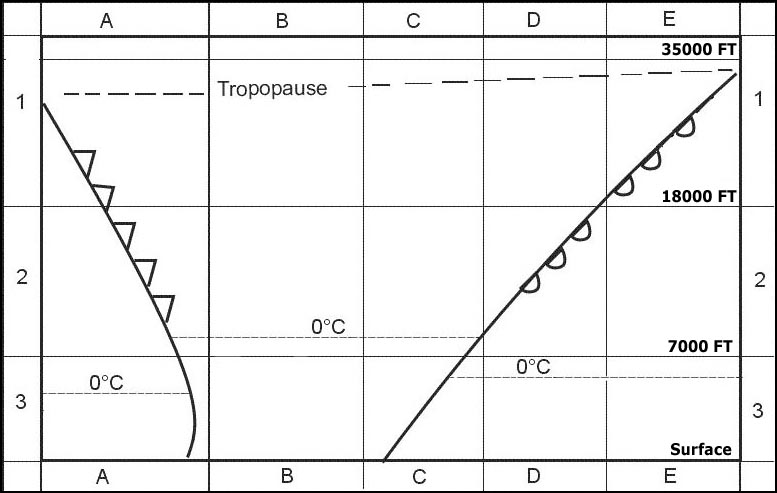 Path definition error (pde)
Path definition error (pde) Pbn 3d approaches are .1 gnss + vnav . .2 gls . .3 par . .4 rnp 1 . .5 ils . .6 ?
Question 200-16 : 1 and 6 1 2 3 4 and 6 1 5 and 6 1 2 4 5 and 6
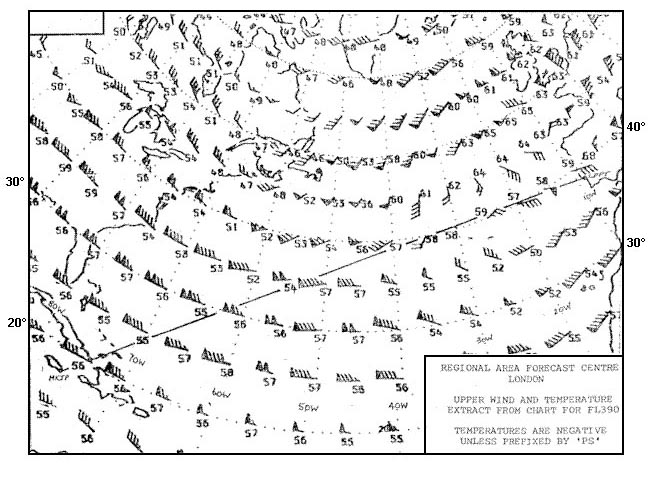 1 and 6.
1 and 6. What is correct for pde path definition error ?
Question 200-17 : Path defined by rnav system does not correspond to the desired path path defined by rnav system corresponds to the desired path the rnav calculated aircraft coordinates corresponds to the actual aircraft coordinates it relates to the air crew or autopilot’s ability to follow the defined path or track
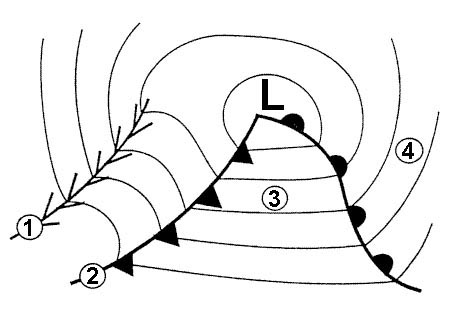 Path defined by rnav system does not correspond to the desired path.
Path defined by rnav system does not correspond to the desired path. In the nat hla airspace what are the pbn requirements ?
Question 200-18 : Rnav10/rnp 10 or rnp 4 rnav10/rnp 10 rnp 2 rnp 5
 Rnav10/rnp 10 or rnp 4
Rnav10/rnp 10 or rnp 4 Rnav 1 and rnp 1 are used ?
Question 200-19 : In the arrival and departure phases of flight in all phases of flight except for oceanic and remote phases in the departure phases of flight in the arrival phases of flight
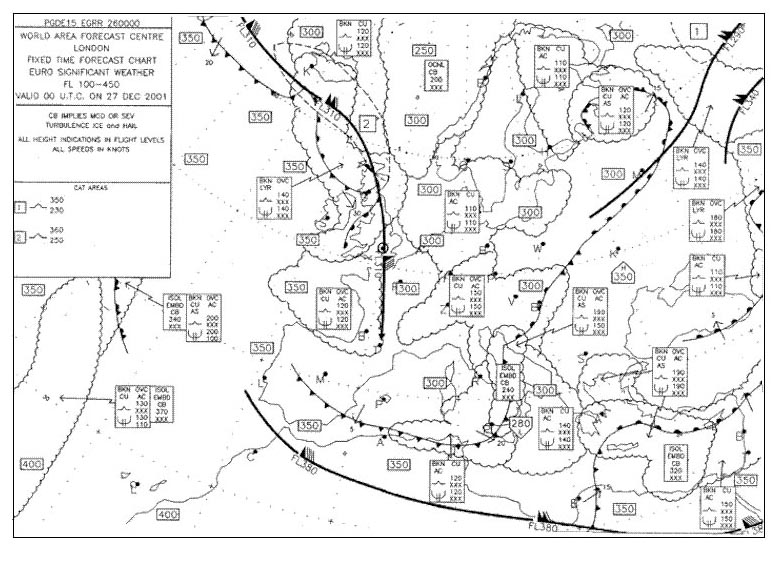 In the arrival and departure phases of flight.
In the arrival and departure phases of flight. An rnp apch to lnav/vnav minima based on baro vnav can only be conducted when ?
Question 200-20 : The assessment of the vertical position of the aircraft in relation to the glide path angle gpa during the approach is based on barometric data static vents can be blocked due to icing when approaching in imc hence leading to a loss of vertical guidance the difference between true height and published decision height has to be limited to a maximum value the calculated true air speed tas is based on the standard atmosphere and any significant differences will lead to an approach speed which could be too slow or too fast
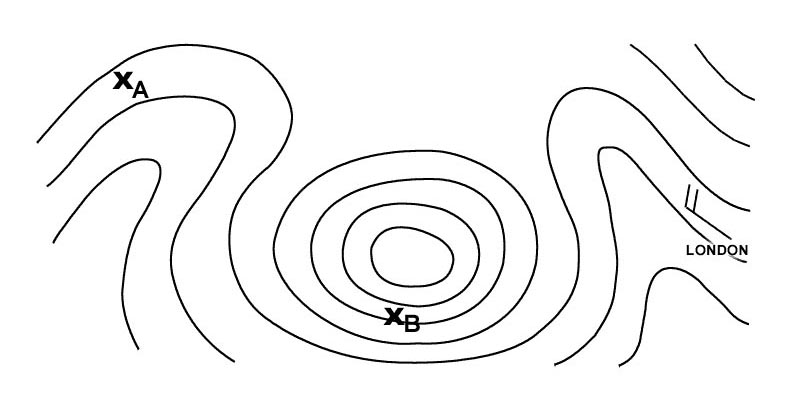 The assessment of the vertical position of the aircraft, in relation to the glide path angle (gpa) during the approach is based on barometric data.
The assessment of the vertical position of the aircraft, in relation to the glide path angle (gpa) during the approach is based on barometric data. An aircraft is flying rnav 2 and another aircraft is flying rnp 2 what is the ?
Question 200-21 : Rnp 2 is used in the en route and oceanic/remote phases of flight rnav 2 might be used in the en route continental arrival and departure phases of flight rnp 2 is used on arrival and departure phases of flight rnav 2 is used in the en route and oceanic/remote phases of flight rnp 2 is used in the en route and oceanic/remote phases of flight rnav 2 is used in oceanic phases of flights or over remote areas rnp 2 might be used in the en route continental arrival and departure phases of flight rnav 2 is used in the en route and oceanic/remote phases of flight
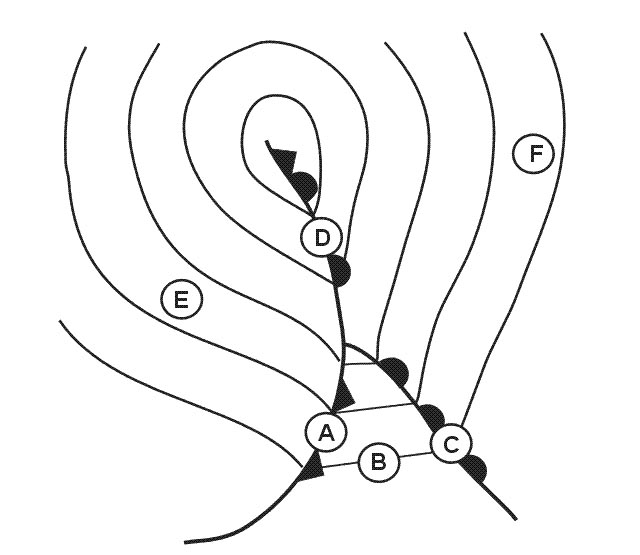 Rnp 2 is used in the en-route and oceanic/remote phases of flight. rnav 2 might be used in the en-route continental, arrival and departure phases of flight.
Rnp 2 is used in the en-route and oceanic/remote phases of flight. rnav 2 might be used in the en-route continental, arrival and departure phases of flight. Your aircraft is able to conduct rnp apch are you allowed to conduct rnp2 ?
Question 200-22 : Not necessarily first establish the aircraft eligibility if you can perform an rnp apch you can conduct any rnp operation navigation databases are the same for all rnp operations provided that clearance is obtained from atc
 Not necessarily. first, establish the aircraft eligibility.
Not necessarily. first, establish the aircraft eligibility. In which route segment may rnav 5 be used ?
Question 200-23 : Arrival and en route outside 30 nm and above msa arrival approaches and departure arrivals and departures en route continental navigation as well as arrival and departure routes
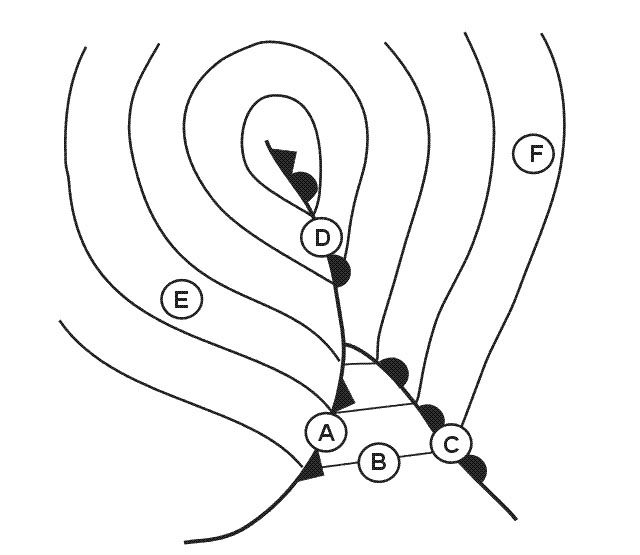 Arrival and en-route outside 30 nm and above msa.
Arrival and en-route outside 30 nm and above msa. You do a briefing for an approach on an airfield which uses pbn operations ?
Question 200-24 : Rnav 1 rnp 4 rnp ar apch rnav 10
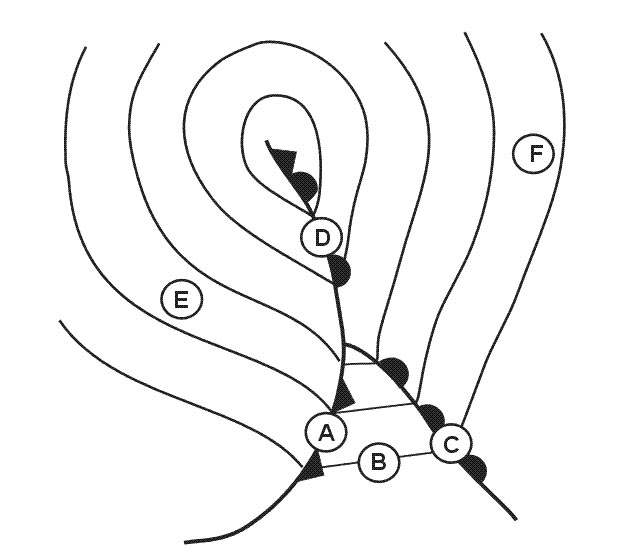 Rnav 1
Rnav 1 Concerning performance based navigation pbn which terms refers to fixed radius ?
Question 200-25 : Frt leg type tma leg type abc leg type rf leg type
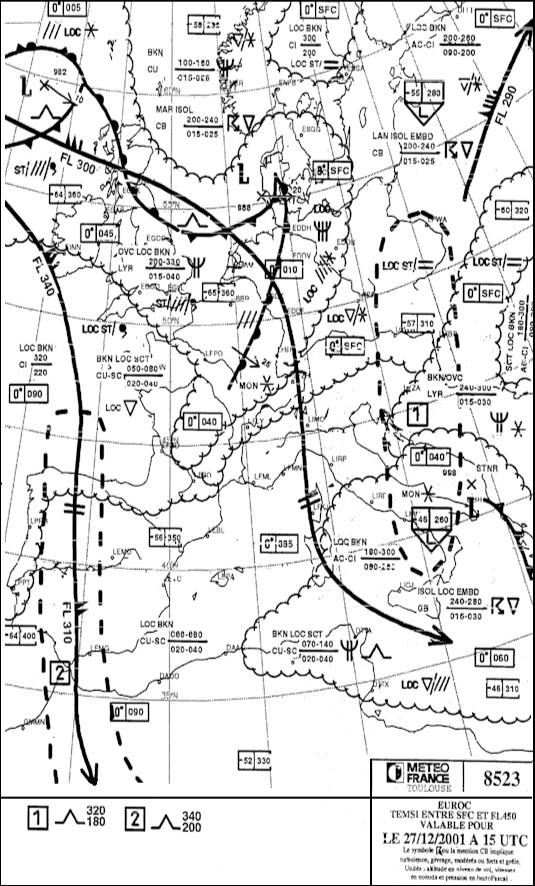 Frt leg type.
Frt leg type. How is the vertical information for an lnav/vnav approach provided ?
Question 200-26 : Sbas or baro vnav radio altimeter or baro vnav gls or baro vnav gls or sbas
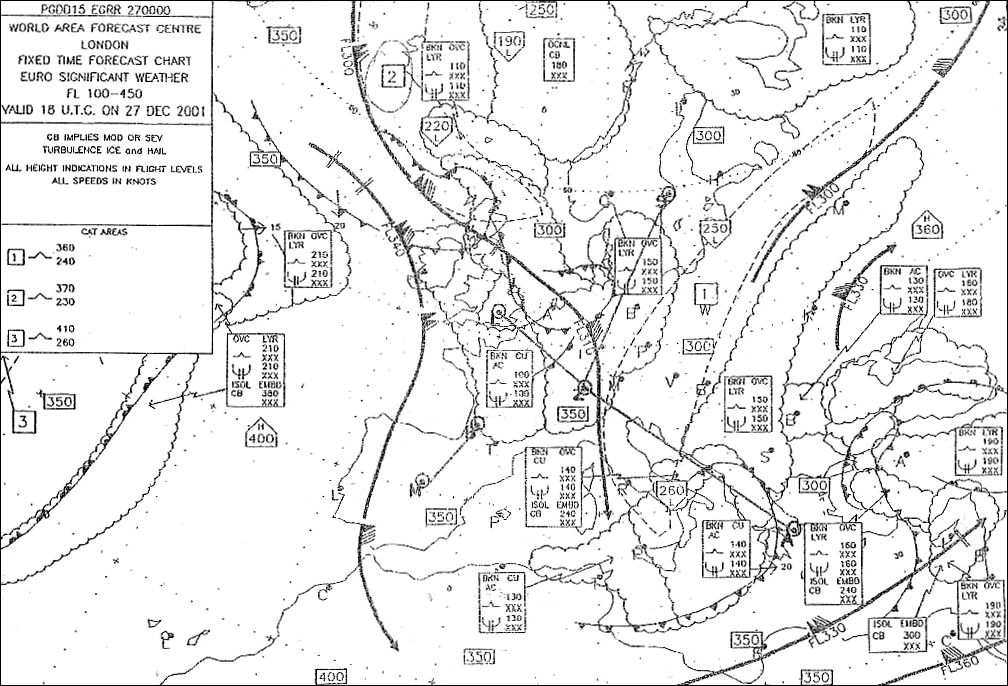 Sbas or baro-vnav
Sbas or baro-vnav How can rnav 1 rnav 2 sid or star rnp 1 and rnp 2 routes be modified by pilots ?
Question 200-27 : Manually by inserting or deleting waypoints in response to an atc clearance by inserting or deleting waypoints in the database and/or obtaining a rho theta fix by deleting waypoints and manually entries of latitude and longitude with atc clearance manually by inserting range and bearing to a new waypoint in response to an atc clearance
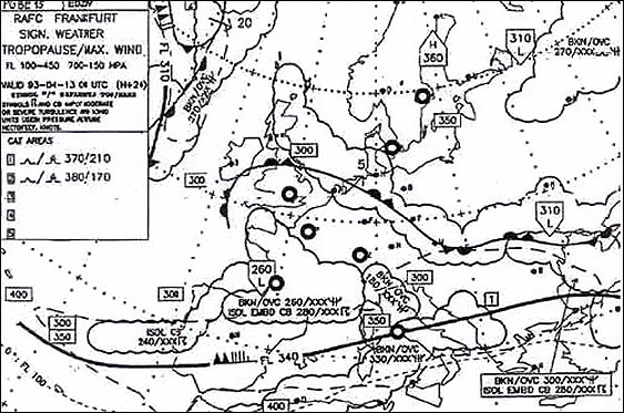 Manually, by inserting or deleting waypoints, in response to an atc clearance.
Manually, by inserting or deleting waypoints, in response to an atc clearance. The following statement is correct regarding rnp / rnav navigation ?
Question 200-28 : Aircraft approved to the more stringent accuracy requirements may not necessarily meet some of the functional requirements of the navigation specification that having a less stringent accuracy requirement aircraft approved to the more stringent functional requirements automatically meet the accuracy requirements of the navigation specification that having a less stringent functional requirement aircraft approved to the more stringent accuracy requirements automatically meet the functional requirements of the navigation specification that having a less stringent accuracy requirement accuracy requirements are always similar to the functional requirements
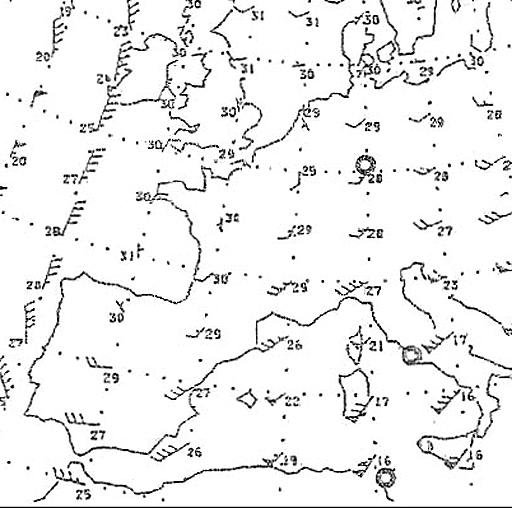 Aircraft approved to the more stringent accuracy requirements may not necessarily meet some of the functional requirements of the navigation specification that having a less stringent accuracy requirement.
Aircraft approved to the more stringent accuracy requirements may not necessarily meet some of the functional requirements of the navigation specification that having a less stringent accuracy requirement. For pbn operations what is correct regarding fly by waypoints and fly over ?
Question 200-29 : For fly by waypoints the turn is commenced prior to reaching the waypoint and for fly over waypoints the turn is commenced when overhead the waypoint for fly by waypoints the turn to the next course is commenced when overhead the waypoint and for fly over waypoints the turn is commenced prior to reaching the waypoint fly by waypoints use turn anticipation whereas fly over waypoints require the pilot to turn 30 seconds before or after reaching the waypoint fly over waypoints use turn anticipation but fly by waypoints do not
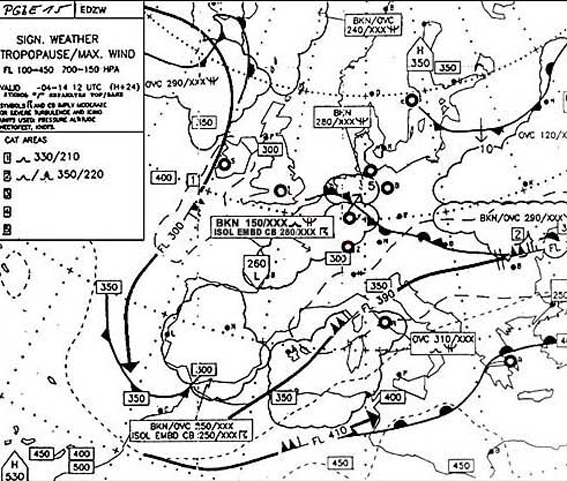 For fly-by waypoints, the turn is commenced prior to reaching the waypoint, and for fly-over waypoints the turn is commenced when overhead the waypoint.
For fly-by waypoints, the turn is commenced prior to reaching the waypoint, and for fly-over waypoints the turn is commenced when overhead the waypoint. In relation to pbn operational approvals in accordance with the european ?
Question 200-30 : Only certain pbn specifications require an operational approval the pbn specifications that require operational approval are mctom maximum certified take off mass dependent the pbn specifications that require operational approval are operator dependent all pbn specifications require an operational approval
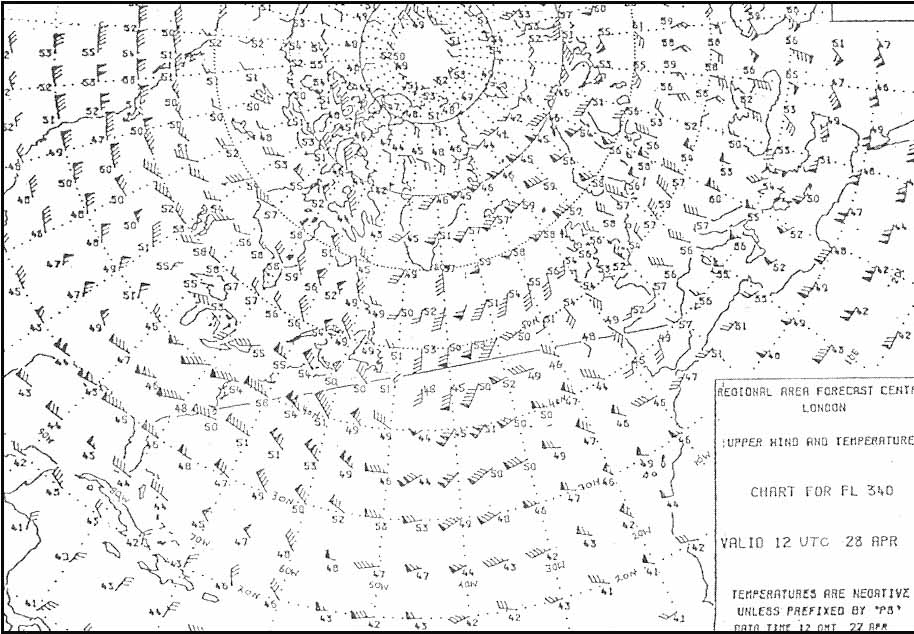 Only certain pbn specifications require an operational approval.
Only certain pbn specifications require an operational approval. According to icao doc 9613 which of the following statements is correct ?
Question 200-31 : Rnp procedures require approval and are operator dependent only specific rnp procedures require approval no rnp procedures require approval all rnp procedures require approval
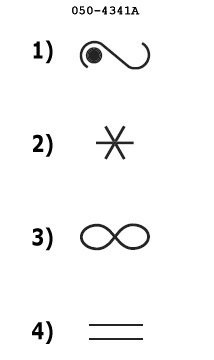 Rnp procedures require approval and are operator dependent.
Rnp procedures require approval and are operator dependent. What does pbn accommodate in the approach phases of flight ?
Question 200-32 : Both linear and angular laterally guided operations guidance to fly ils/mls/gls procedures angular laterally guided operations only linear laterally guided operations only
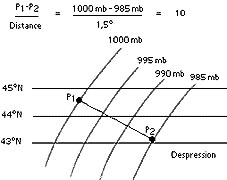 Both linear and angular laterally guided operations.
Both linear and angular laterally guided operations. In pbn operations on board performance monitoring and alerting of the path ?
Question 200-33 : Depends on the integrity of the navigation database and pde is assumed to be zero measures the difference between the aircraft's estimated position and its true position and the crew are alerted if pde is greater than the rnp specification is achieved by monitoring the aircraft's performance and alerting the crew if the aircraft's navigation system fails to perform accurately is managed by crew procedures in order to monitor the aircraft's position
 Depends on the integrity of the navigation database, and pde is assumed to be zero.
Depends on the integrity of the navigation database, and pde is assumed to be zero. The fms can be used to check the estimated position error epe of the fms ?
Question 200-34 : The epe value must be equal to or less than the required navigation specification the epe is the total position error of the aircraft including the flight technical error the pilot is able to check that the aircraft follows the track as defined in the database the pilot uses this value to assess the flight technical error of the aircraft
 The epe value must be equal to or less than the required navigation specification.
The epe value must be equal to or less than the required navigation specification. What should an aircraft that operates to rnp1 or better be able to do ?
Question 200-35 : Compute estimated value of aircraft position error correct estimated value of aircraft position error compute exact value of aircraft position error correct exact value of aircraft position error
 Compute estimated value of aircraft position error.
Compute estimated value of aircraft position error. Lateral offset flightpath in rnav/rnp… ?
Question 200-36 : Is possible in increments of 1 nm up to 20 nm is possible during the entire route and also in approach phases is achieved by a 45 degree offset from track is possible only on the left side of track
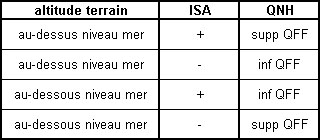 Is possible in increments of 1 nm up to 20 nm.
Is possible in increments of 1 nm up to 20 nm. What are key areas of the navigation specification of rnav systems 1 accuracy . ?
Question 200-37 : 1 3 and 5 1 2 and 3 1 3 and 4 2 3 and 4
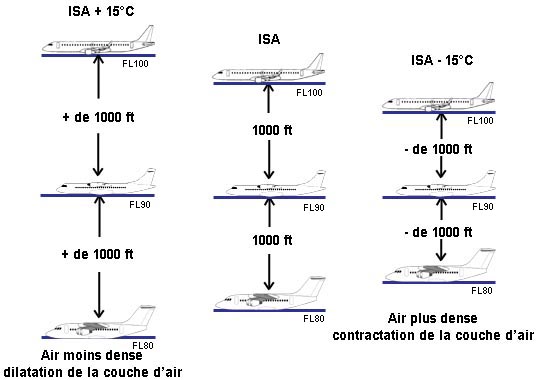 1, 3 and 5.
1, 3 and 5. What are the components of performance based navigation pbn ?
Question 200-38 : Navigational aid infrastructure navigation specification and navigation application navigational regulation navigation specification and navigation application navigational aid infrastructure and navigation specification navigation specification and navigation application
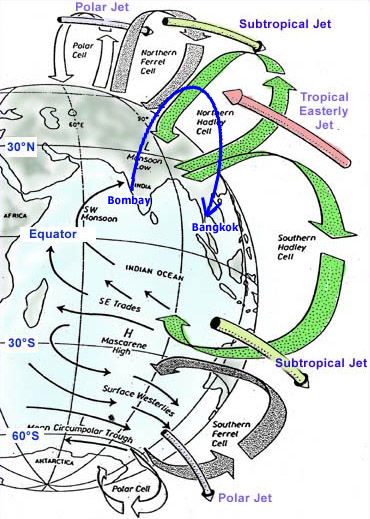 Navigational aid infrastructure, navigation specification and navigation application.
Navigational aid infrastructure, navigation specification and navigation application. Sbas is required to comply with the pbn specifications for rnp approaches down ?
Question 200-39 : Lpv minima type b cat ii minima lnav minima baro vnav minima
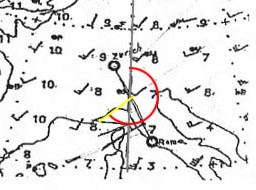 Lpv minima.
Lpv minima. For an rnp apch to lnav/vnav minima vertical guidance is based on the following ?
Question 200-40 : A method which is certified for the purpose only a barometric input the radio altimeter gbas
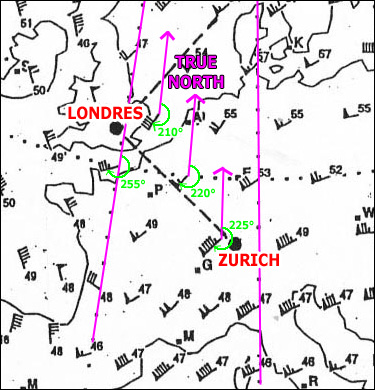 A method which is certified for the purpose.
A method which is certified for the purpose. ~
Exclusive rights reserved. Reproduction prohibited under penalty of prosecution.
7959 Free Training Exam
